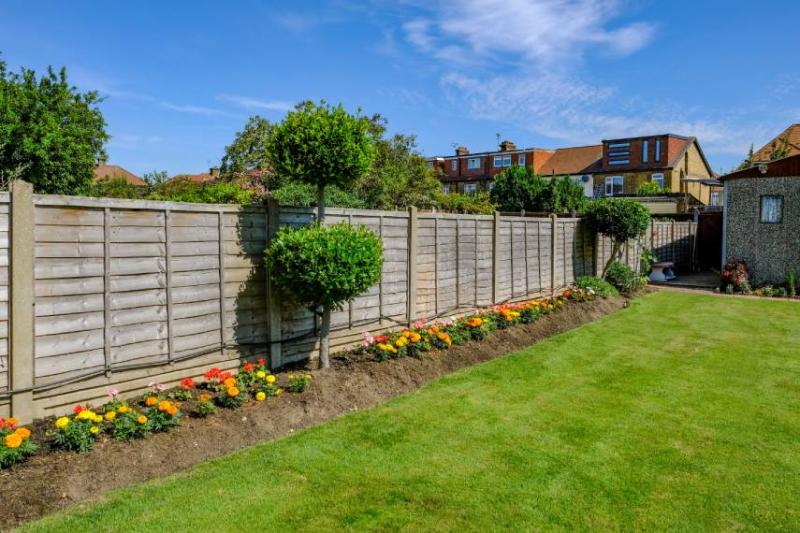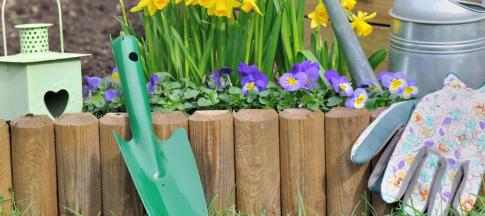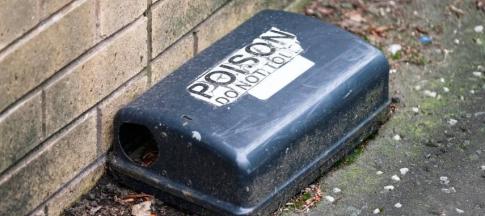
Who’s responsible for the garden fence can cause disputes between neighbours, especially when it comes to knowing where you legally stand.
You can avoid unnecessary hassle by making sure you know what you’re responsible for when it comes to garden boundaries.
The first thing to do is check your deeds to see if there’s any existing boundary agreements on the properties.
If not, you can make a new boundary agreement, signed by you and your neighbours. Coming to an agreement can save you all some time and avoid any issues in the future.
What to check before you buy
It’s not a bad idea to check with the estate agent, landlord or previous property owner about who's responsible for the garden fence before you buy a house or move into one.
A simple chat with a neighbour can also usually resolve any potential future issues fairly easily!
If there’s any uncertainty, you can request a separate authority to determine exactly where a boundary lies.
There are three classes of people that can do this: the High Court Judge, County Court Judge and Judge in the Land Registration Tribunal.
You’re expected to make a legal case to take to court so that a judgement can be made.
All of this can seem a bit much just to define a garden fence boundary. If possible, find access to recent house surveys or deeds that have plans of the land.
In many cases, defined boundaries will already have been labelled on these.
Am I responsible for damage to my garden fence?
Once you have access to the deeds and can view the plans, you’ll notice markers that show whether responsibility lies with you or your neighbour if there’s damage to a fence or wall boundary.
A ‘T’ shown on the inside of a boundary line signifies ownership of the boundary fence or wall and means that maintenance responsibility falls on the property owner on that side.
When two ‘T’ symbols are attached (as an ‘H’) to one another, this means both sets of neighbours on either side share joint responsibility.
Deeds and plans can often be outdated and are not always entirely clear, so it can be difficult to see exactly where the boundary fences or walls start and end – sometimes causing disputes.
If you’re ever unsure, speak to your neighbour. Most of the time, they’ll be just as keen as you are to come to a mutual agreement and resolve the issue.
Is the garden fence covered by my home insurance?
Generally, your home insurance will cover ‘other structures’ associated with your home, such as sheds, garages and garden fences.
Our home insurance includes fences as part of its buildings definition, but there’s some key exclusions to be aware of. For example, our policies don’t cover storm damage to garden fences.
As always, it’s best to check with your insurer to find out exactly what is and isn’t covered.
You might want to consider an estimate on any damage repair before you file for a claim on your garden fence, to make sure it’s worth claiming.
Common garden fence problems and who is responsible for them
Probably the most common garden fence problem is deciding who’s responsible for repairs and maintenance.
As mentioned earlier, talking to your neighbour and coming to a mutual conclusion can solve most issues. However, if it isn’t as simple as this then it’s important to know where you stand.
If there is a dispute between you and your neighbours about who is responsible, it’s always worth settling who owns the disputed bit of land.
If you’re unable to come to a decision based on the deeds or land plans, then it’s possible to refer disputes to the First-tier Tribunal (Property Chamber – Land Registration) and they’ll decide what should happen.
Most garden fence damage is unintentional and is usually caused by severe weather or unpreventable deterioration, so it usually isn’t anyone’s fault.
However, if damage has been caused because of your neighbour’s actions, then they need to pay for the damage to be fixed.
While garden fence responsibility can be a complicated issue, the rules and laws remain straightforward and cover all situations. This means you can always sort out any problems in one way or another.
I rent out my property
Whether or not you need to fix damage to your property’s fences depends on whether it poses a safety risk or not.
As the landlord, you’re responsible for the structure of the property, extending to the exterior, and you have an obligation to protect tenants’ safety and wellbeing.
If your tenant requests repairs to cosmetic damage, however, you’re not obliged to carry those out.
To find out more about everything to do with landlord responsibilities, head to our landlord resource hub.


